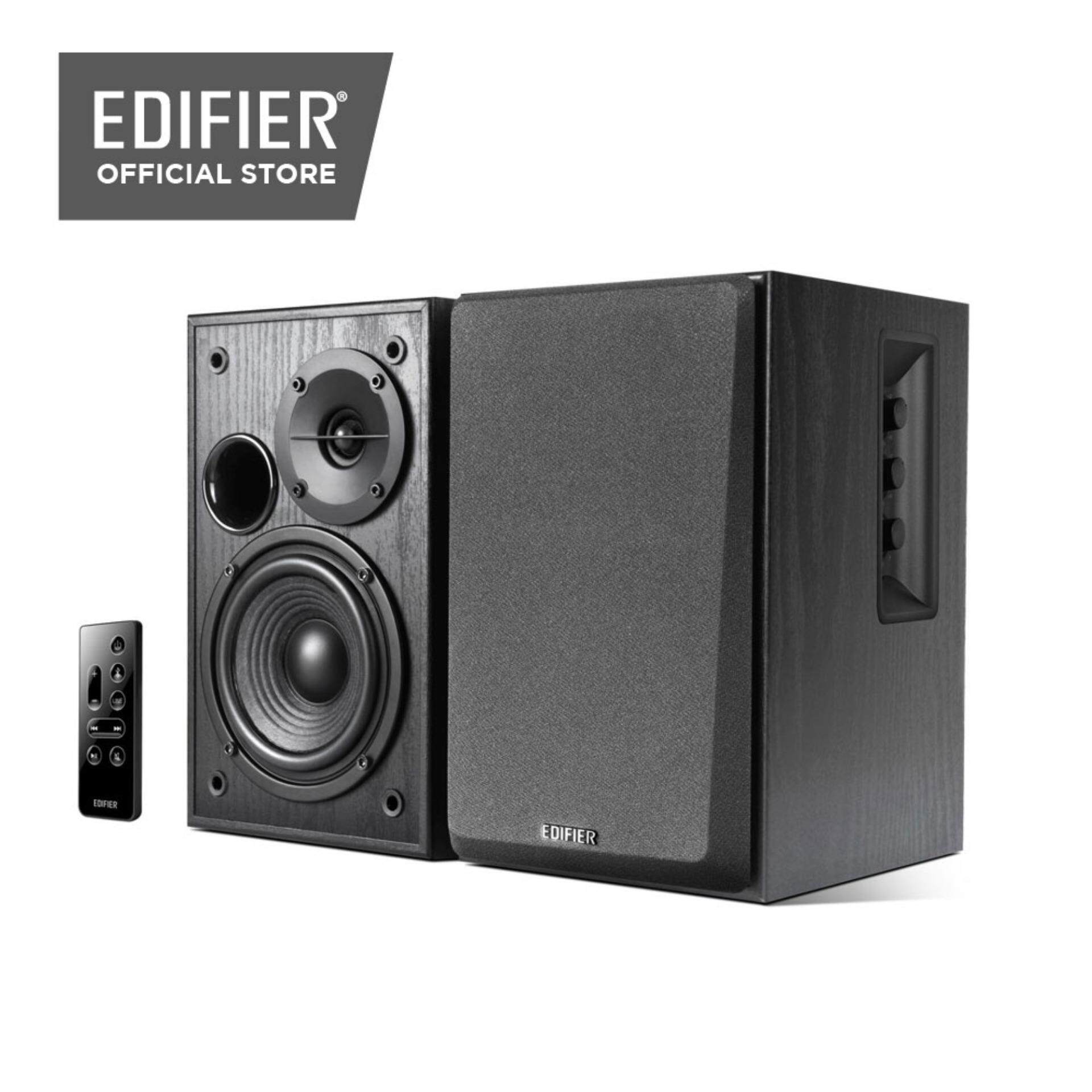
Some of the color codes have also been widely adopted by peripheral manufacturers. This color code was gradually adopted by almost all PC and motherboard manufacturers. As many of the connectors look very similar, particularly to a novice PC user, this made it far easier for people to connect peripherals to the correct ports on a PC. Perhaps the most end-user visible and lasting impact of PC 99 was that it introduced a color code for the various standard types of plugs and connectors used on PCs.

Color-coding scheme for connectors and ports The other end of the analog plug can be connected to a portable player or to a Line Out of a computer. Some "legacy" items such as ISA expansion slots and device dependence on MS-DOS are forbidden entirely, while others are merely strongly discouraged. The Aux-In jack supports 3.5mm analog stereo plug. Places a greatly increased emphasis on legacy-reduced and legacy-free systems. First to require IO- APICs to be enabled on all desktop systems. Comprehensive color-coding scheme for ports and connectors (see below)įinal version.Fast BIOS power-up (limited RAM test, no floppy test, minimal startup display, etc.).ACPI 1.0 (including power button behavior).




 0 kommentar(er)
0 kommentar(er)
